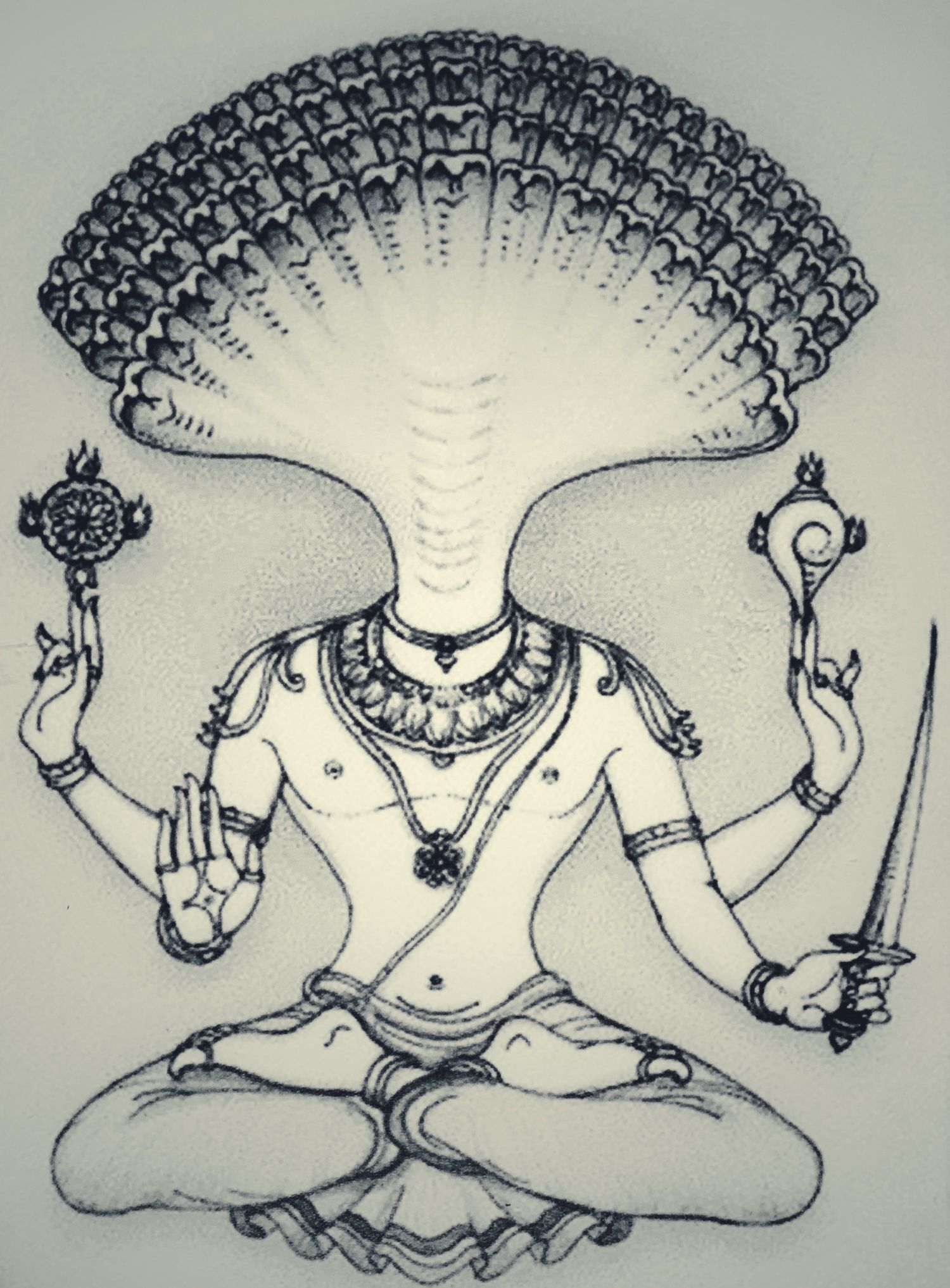For as long as I have been practicing postural yoga (Hatha yoga), it has been my preferred way to offer my body and mind a calm, quiet, and centered path. Every time I get to roll my yoga mat out, I look forward to the journey the practice will take me through, the inner journey, perhaps the most important one.
As soon as I begin moving my body and noticing my breath, I feel a sensation of stillness, of quiet within me that gives me peace, calm, and a sense of well-being. Richard Freeman and Mary Talyor call it an experience of ‘suspension’, which I recently learned during a weekend immersion with them. Yes, a certain experience of suspension, not as in nothing is happening but as in ‘awe’ that I get to be aware of what is real at that moment, and that allows us to listen, really listen from within.
Unfortunately, this sensation of ‘suspension’, of experiencing a certain kind of quiet from within, is something that we as modern humans rarely get to feel. Mostly, because we live in a world that moves at high speed, filled with constant sensory input and with high expectations for immediate results. All this keeps us moving at a pace that doesn’t allow us to stop and notice, let alone feel and listen. All these variables could contribute to heightened levels of stress, anxiety, and an overstimulated nervous system that has a hard time following up with the demanding pace.
Paradoxically, to be in this modern world in a steady, balanced, and stable way, we need to slow down, allowing our nervous system to regulate, so that we can be well and able to listen to our body and needs.
Slowing down though, sounds easy but when we are not in the practice of slowing down, it can be quite the challenge. Therefore, a seated meditation, breath practice, or any other calm-inducing practice might not be ideal to begin with.
The body and mind when overstimulated, need active movement such as a postural yoga practice, before even trying to achieve peace, calm, and stillness. When we move intentionally while noticing the breath, sensations that arise and becoming aware of the changes that happen throughout the practice might just be what a busy, tired, and overstimulated mind and body need to begin experiencing calm, stillness, and ‘suspension’.
Therefore integrating a physical yoga practice can provide additional pathways to calm the mind through movement, breath, and concentration. This integral approach can address the physiological and psychological aspects of stress and mental agitation, leading to a deeper, more sustained sense of inner peace and well-being.
There are several ways in which a postural yoga practice can help us experience the ‘suspend’ sensation, that calms the mind and allows us to be aware. Here are a few:
- The release of physical tension: Any time we move the body, rather than sitting or standing for long periods, the body will release tension. Hence, moving through a series of yoga postures and being aware of the breath, helps release stored tension and stress in the muscles and fascia, which can, in turn, reduce mental stress and promote relaxation.
- Focusing on movement and breath: Coordinating yoga postures and breathing (as in vinyasa or flow yoga) done with a certain level of concentration, helps draw attention away from the mind, distractions, or triggers while creating a sensation of a meditative state.
- Practicing sensory engagement: Focusing on physical sensations (stretching, balance, muscle engagement, perception) during yoga practice can help the mind be more in the present moment, cultivating calmness and reducing mental activity.
- Allowing the energy to flow: Physical practice stimulates the flow of prana (life energy) through the body’s energy channels (nadis), which can help regulate and calm the nervous system, leading to a more peaceful mind.
- Experiencing challenge and presence: Yoga postures may feel challenging, as we are not in the habit of moving our body this way. Therefore, intentional attention and presence are necessary, which often helps uncover habitual thought patterns and cultivates a focused, still mind.
- Endorphin release: Physical activity increases the production of endorphins, which naturally lift moods that can reduce anxiety and promote a sense of well-being, contributing to a calmer mind.
- Mind-body connection: Regular practice strengthens the connection between mind and body, making it easier to achieve mental stillness through physical awareness and control.
- The meditative quality of movement: A fluid, dynamic series of postures can have a meditative quality, similar to practices like tai chi, helping to soothe and still the mind through continuous, mindful motions.
When I began practicing yoga, I was looking for new ways in which I could exercise, as what I used to do was not accessible at that time. I didn’t know that I was in for a journey of discovery, rather than uncovering layers of old patterns that affected how I felt and experienced life at the time. Slowing down, being able to feel, listen, and experience from a space of non-judgment, as yoga invites us to, has ever since been how I connect and keep coming back to the practice.














